Share this article

How much does Essential Eight cost? A complete breakdown
Accelerating security solutions for small businesses Tagore offers strategic services to small businesses. | A partnership that can scale Tagore prioritized finding a managed compliance partner with an established product, dedicated support team, and rapid release rate. | Standing out from competitors Tagore's partnership with Vanta enhances its strategic focus and deepens client value, creating differentiation in a competitive market. |
The Australian Essential Eight is a cybersecurity framework that helps organisations protect their systems against common cyber threats. Although compliance isn’t mandatory for non-government entities, the Australian Cyber Security Centre (ACSC) strongly encourages organisations to implement it due to its broad coverage.
Depending on your organisation’s size and tech environment, implementing the Essential Eight can require a significant investment. Costs vary widely, since factors like team size, internal workflows, and training needs can significantly impact the resources required.
This article breaks down the key cost factors of implementing the Essential Eight to help you assess its value for your organisation. We’ll cover:
- The cost of Essential Eight compliance
- Factors that affect costs
- Whether the Essential Eight is a worthwhile investment
How much does Essential Eight compliance cost?
Due to the high variability in costs, the ACSC doesn’t provide an official estimate for Essential Eight implementation. Costs can vary significantly based on factors such as company size, number of employees, and the operating systems in use.
With this in mind, here are the estimated costs for a 50-person organisation implementing Essential Eight Maturity Level One across three scenarios:
These estimates account for organisations leveraging internal expertise instead of outside consultants. Although comprehensive, Maturity Level One has the least stringent requirements, meaning that resource requirements could significantly increase for Maturity Levels Two and Three.
Factors that affect Essential Eight costs
While company size and your organisation’s security maturity have the greatest impact on compliance costs, they aren’t the only factors to consider when determining a budget. Other essential criteria include:
- Existing cybersecurity infrastructure
- Vendor and tool selection
- Compliance workflows
- Long-term maintenance costs
- Staff training
The sections below explain how these factors impact costs and timelines, helping you more accurately determine your budget.
{{cta_withimage22="/cta-blocks"}}
1. Existing cybersecurity infrastructure
The complexity of your cybersecurity infrastructure is one of the most significant drivers of Essential Eight costs. Hybrid environments and legacy systems typically require more time, customisation, and integration to meet compliance standards:
- Hybrid environments require you to develop and implement multiple solutions and additional integration sources to ensure your systems are sufficiently secure
- Legacy systems often require additional investments and adaptations since old technology is often incompatible with modern solutions
Your existing security and compliance posture also plays a key role. Organisations with low maturity security programs need more time and resources to meet all Maturity Level One requirements.
Although reaching Maturity Level One may require a notable investment for smaller organisations, implementing its controls helps establish stronger baseline protections against common cyber threats.
2. Vendor and tool selection
Compliance with several prescribed Essential Eight strategies requires implementing specialised tools to support the process. For example, for application and operating system patching, a company would require a vulnerability scanner, and securing access requires a multi-factor authenticator.
Depending on your organisation’s needs, you can obtain these tools from a third party or develop them internally. Although third-party solutions may offer a lower up-front investment, you need to consider subscription costs, licensing fees, and additional mitigation measures to address the risks they may introduce.
3. Compliance workflows
Your organisation’s workflows can significantly influence the time and resources required to achieve Essential Eight compliance. A structured approach can streamline the process, minimising costs and ensuring adherence to deadlines.
You can reduce compliance costs further by automating part of the work. Pursuing Essential Eight requires laborious workflows such as collecting evidence and documentation, generating reports, and ensuring continuous monitoring. Conducting these tasks manually requires substantial time investments that your compliance teams could direct towards more strategic tasks, and things can slip through the cracks more easily.
Aside from requiring more time and resources, manual workflows may overwhelm compliance and IT teams. Without proper tools and systems, teams may not be able to meet all criteria in time, leading to inefficiencies that can cause operational disruptions and drive up compliance costs.
4. Long-term maintenance costs
After your systems meet all Essential Eight requirements, you must maintain compliance through routine audits and assessments. The ACSC doesn’t mandate a specific frequency, though industry best practices recommend conducting them at least annually or after any significant system changes.
To prepare for these reassessments, collecting thorough documentation of all necessary processes, system configurations, and implemented changes and updates is important. By continuously collecting evidence of compliance and documentation, you ensure your key controls are operating effectively, audits pass smoothly, and minimise the risk of costly security issues.
Regular updates are another cost driver for ongoing compliance. Essential Eight continues to evolve to adapt to emerging threats and vulnerabilities, meaning you must consistently monitor your controls to ensure they meet requirements and mitigate the risk of compliance drift.
{{cta_withimage24="/cta-blocks"}}
5. Staff training
Implementing all the necessary controls and integrating tools with your tech stack is important in increasing your security maturity. However, it’s also important to ensure that your employees understand how to leverage these resources to perform their roles in alignment with the Essential Eight requirements.
As your implementation of the Essential Eight framework continues to evolve, you may find the need to conduct training sessions at regular intervals to ensure that all stakeholders are aware of any important changes. You can keep training costs down by developing and regularly updating role-based training guides that your teams can use to quickly and efficiently adapt to regulatory shifts.
If your organisation lacks in-house expertise, you may have to bring in outside consultants, partners, and managed service providers (MSPs) to conduct training and validate controls. Although these services are valuable and can help you achieve compliance efficiently, they come at a cost that you should account for when establishing your Essential Eight budget.
Is Essential Eight compliance worth it?
Although Essential Eight compliance isn’t mandatory for non-government agencies, implementing it can protect your organisation from most cyber threats, making it beneficial even if you’re not in a high-risk industry.
Considering the average costs of cyber attacks, the Essential Eight costs can quickly return your investment. According to IBM’s 2024 Cost of a Data Breach Report, the global average cost of a data breach in 2024 was $4.9 million, which is a 10% increase from the year before.
Therefore, although pursuing the Essential Eight may require a high up-front investment, it can result in significant savings in the long term. A single security breach can result in operational disruptions and financial losses greater than the total cost of Essential Eight implementation.
Another significant benefit of Essential Eight compliance is expanded business opportunities. Demonstrating your organisation’s strengthened security posture and proactive security measures helps build customer trust, supports growth, and accelerates deal cycles.
How to lower the costs of the Essential Eight implementation
While achieving Essential Eight compliance can require significant resource investments, you can leverage these strategies to lower the costs:
- Understand your organisation’s security posture: Perform detailed assessments of your organisation's existing security measures and policies. This gives you a detailed overview of which criteria you already meet, allowing you to prioritise any identified gaps.
- Establish accurate scope: Define which of your assets, systems, and users fall under the scope of the Essential Eight. With a clearly established scope, you can create a roadmap of in-scope assets and use it to efficiently allocate resources, reducing costs.
- Reuse existing controls and documentation: Before building new processes from scratch, review what’s already in place. Many security measures used for other frameworks (like ISO 27001, SOC 2, or NIST) overlap with Essential Eight requirements. Reusing existing controls, documentation, and tools can significantly reduce implementation time and associated costs.
- Leverage automation: Manually conducting necessary compliance tasks can be both time and resource-intensive. Integrating automated solutions for the most repetitive tasks, such as evidence collection, compliance monitoring, and report generation, can save significant time and reduce costs further.
Make Essential Eight compliance more cost-effective with Vanta
Vanta is an end-to-end trust management platform that helps organisations achieve Essential Eight compliance faster and reduces costs by streamlining workflows such as evidence collection, controls monitoring, policy building, and security awareness training.
The platform offers a dedicated Essential Eight solution, which comes with several features that can make your compliance efforts more efficient, including:
- Automation for up to 50% of Essential Eight workflows
- Pre-built templates for full regulatory coverage
- Pre-built security awareness training modules
- Automated evidence collection
- [integrations_count] integrations with popular software (cloud providers, CRM systems, etc.)
- Continuous visibility into your compliance status
The Essential Eight product comes with a built-in framework for Maturity Level Two, which can be adapted to support Maturity Level Three or One with custom controls.
You can also leverage Vanta’s partner network to connect with an auditor who will support your compliance efforts through every step of the process.
Schedule a custom demo and see how Vanta makes Essential Eight compliance more efficient for your organisation.
{{cta_simple36="/cta-blocks"}}
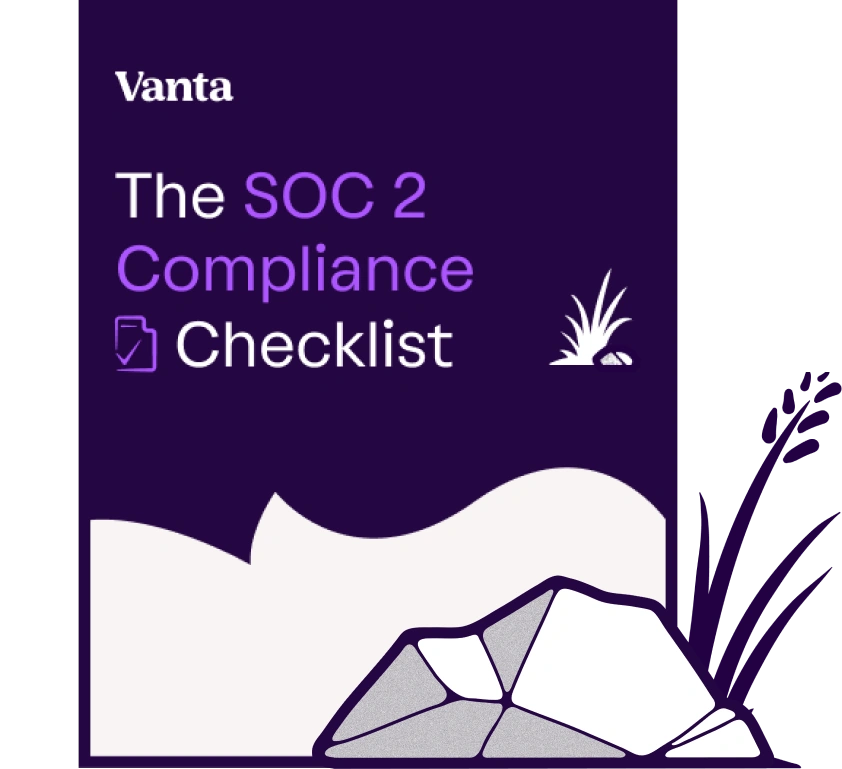




FEATURED VANTA RESOURCE
The ultimate guide to scaling your compliance program
Learn how to scale, manage, and optimize alongside your business goals.
















.webp)
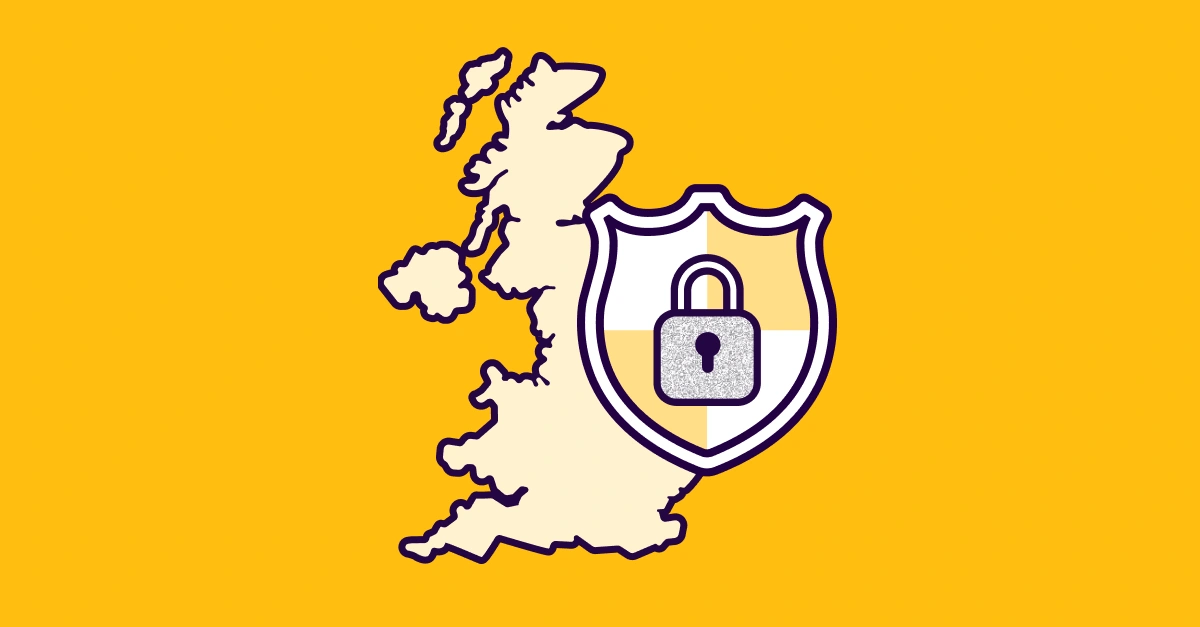
.png)
.png)



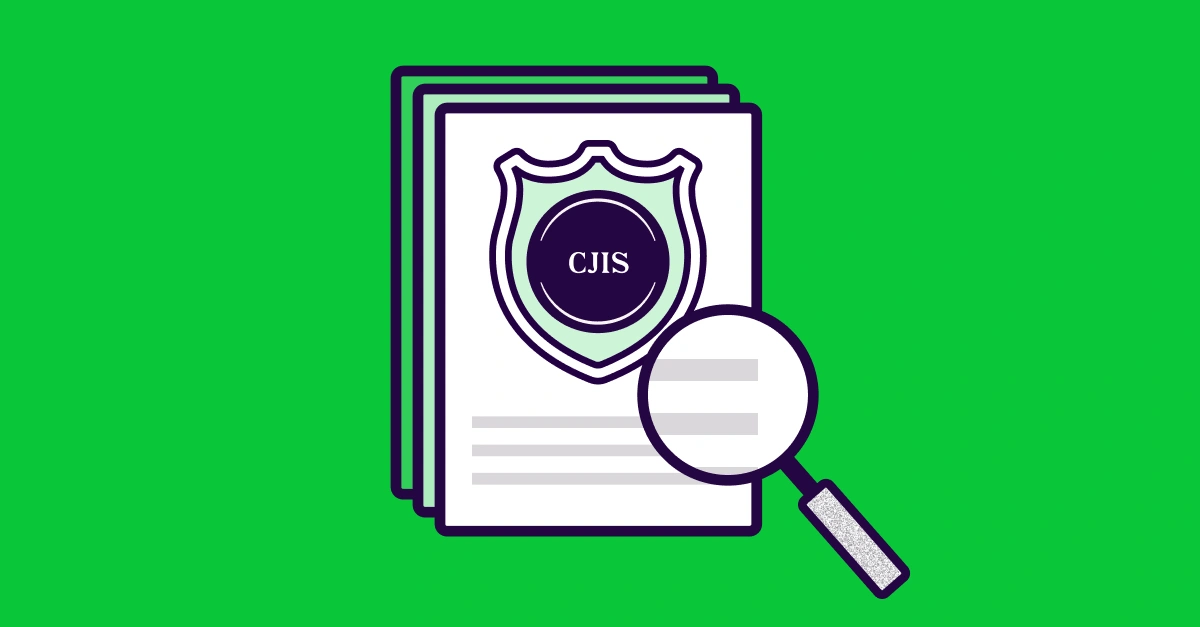
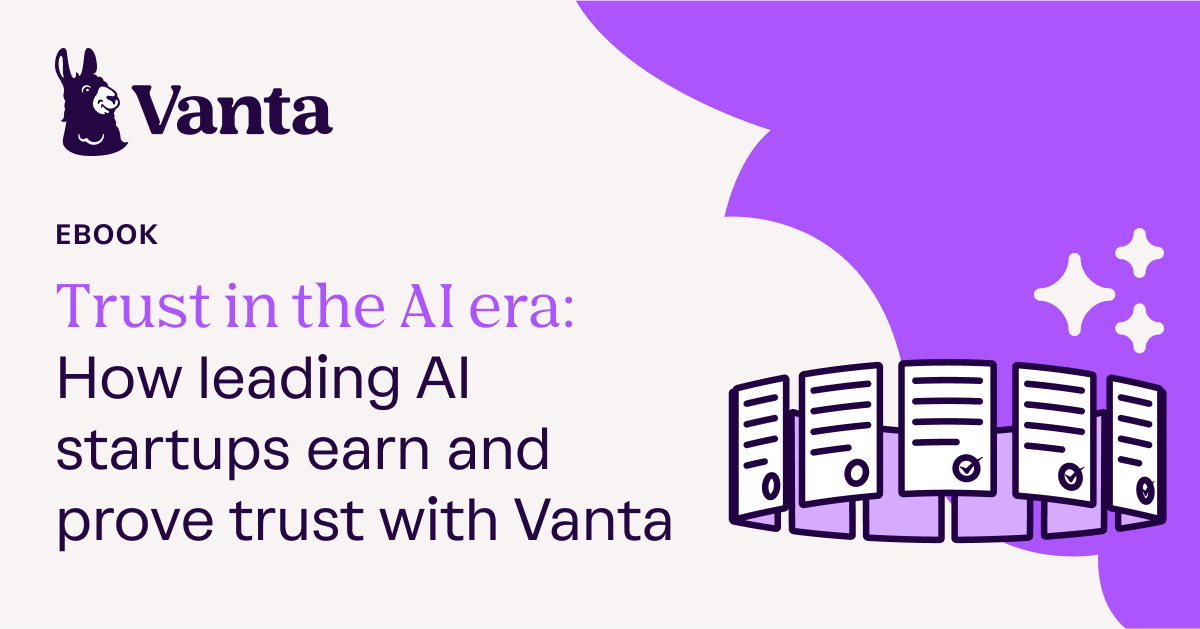


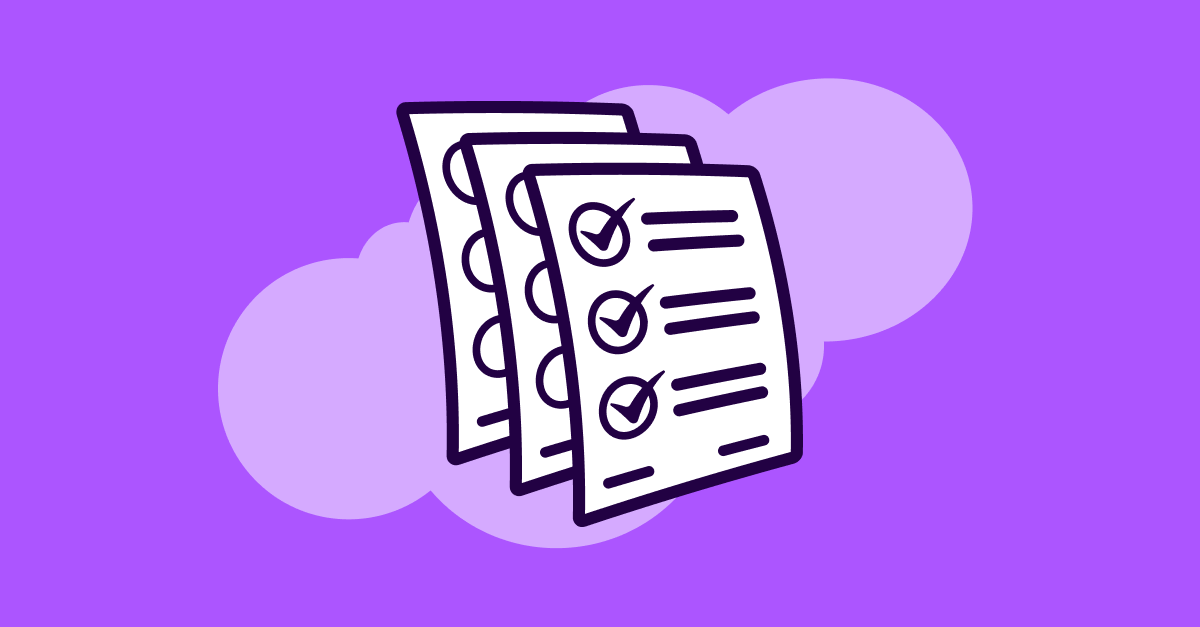

.svg)
.svg)
.png)
.png)
.png)